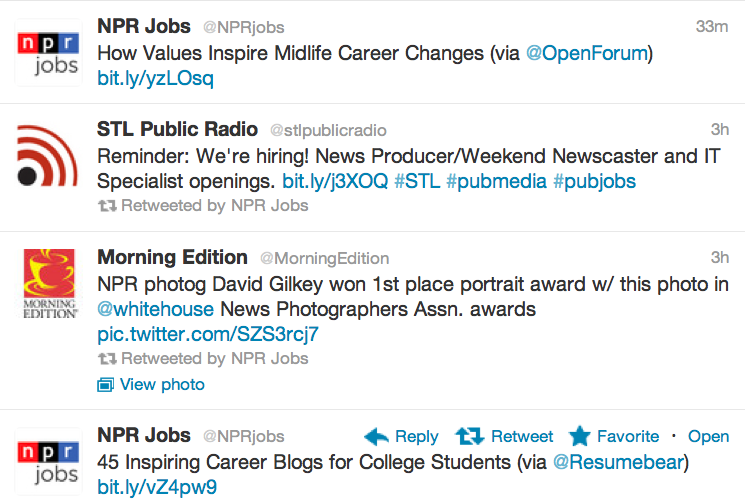By Howard Mavity
Readers already know to take photos whenever an OSHA Compliance Officer takes shots, and a few other standard labor lawyer recommendations, but I’d like to take a moment to talk about “why” we urge employers to take certain steps before and during an Occupational Safety and Health Administration inspection.
1. Plan in advance
Every company site should have a number of managers who know the basic steps to take whenever any government investigator shows up. The most important step is for site managers to know who to call to obtain guidance. No executive or in-house counsel will be pleased to learn of an investigation upon receipt of a citation.
Fatalities call for even more well prepared systems. I have learned that no matter how tough one may be, they shut down when a co-worker or subordinate is killed. At most, site management can deal with evacuating and protecting employees, and dealing with first responders.
The company needs a system in place so that with one call, the site manager activates corporate support, including legal and risk management guidance, assistance to employees and families, and press and media management.
2. Make sure management takes an inspection seriously
Many employers are unprepared for the aggressive approach now dictated by Washington. OSHA is a great organization, but even seeming minor citations can harm the business. In some industries, even a single serious citation can harm bidding opportunities.
Most of the six figure citations have involved repeat violations of routine items such as a missing electric cabinet switch labels, a damaged extension cord, partially blocked electric cabinet, or one employee who missed his annual training. Each violation can serve as the basis for a repeat violation of up to $70,000 per item at ANY company location in any Fed-OSHA state for five years.
No inspection is minor. And by the way, OSHA’s new IT system will allow them to better track your corporation’s performance, even when the company operates under many names.
3. “Manage” the inspection
Ask “why” OSHA is present. Many inspections are triggered by a complaint and OSHA must tell you the items.
Admit OSHA for the purpose of the complaint and limit the inspection to the “scope” of the complaint. OSHA will broaden the inspection if they observe hazards or if employees mention other hazards. But require OSHA to justify expanding the scope.
4. Recognize what the OSHA must establish
The Compliance Officer must establish:
- An applicable standard;
- Hazard;
- Employee exposure; and,
- That the employer knew of the violation or hazard, or should have known of it with the exercise of “reasonable diligence.”
Make sure that a hazard exists. Measure fall distances, check guards, etc. The burden is on OSHA to prove these four elements, so check to see if OSHA can prove that any employees were exposed in the last six months or would reasonably be expected to be exposed in the normal course of business.
Is the area isolated? Do employees work near the alleged hazard? How often do employees travel in that area? How long was the hazard present?
5. Did they build an adequate file?
Of these four elements, OSHA often does not build an adequate file on the employer’s “knowledge” of the violation. Any supervising employee’s knowledge of a violation is “imputed” to the company.
Even where OSHA cannot prove that a supervising employee knew of the issue, they can make out this element by developing evidence that the employer should have known of the violation with the “exercise of reasonable diligence.” So OSHA must prove that the employer didn’t enforce safety rules, training was inadequate or the employer made little effort to provide oversight.
Show that the employer did exercise this due diligence. Also, ask how long a violation was present, when supervisory employees were last in the area, or did the employer do any walk-arounds or inspections?
6. Be responsive, but don’t be rushed about documents
Some documents such as OSHA’s Form 300 and Material Safety Data Sheet’s (MSDS) must be promptly provided, but you have the right to a reasonable amount of time to provide most other materials.
Review them. Consider if explanation is required or materials may be privileged or work product protected. Don’t volunteer self audits, insurance and consultant reports or other similar materials without talking to counsel.
7. In developing defenses, did-dig-dig
There are always more facts. Don’t delegate. Ask the questions yourself.
8. Exercise your right to sit in on interviews
Exercise your right to sit in or have counsel attend interviews on any employee who supervises employees because he or she can bind the company.
9. Do go to the OSHA Informal after citations are issued
You should go to the OSHA Informal hearing after citations are issued, and do contest all citations if you have reasonable arguments.
Remember that OSHA focuses on safety and does not consider whether the Secretary of Labor can carry its burdens before a judge, but their attorneys do recognize this reality. Negotiations may be fruitful.
This was originally published on Fisher & Phillips’ Workplace Safety and Health Law Blog.
